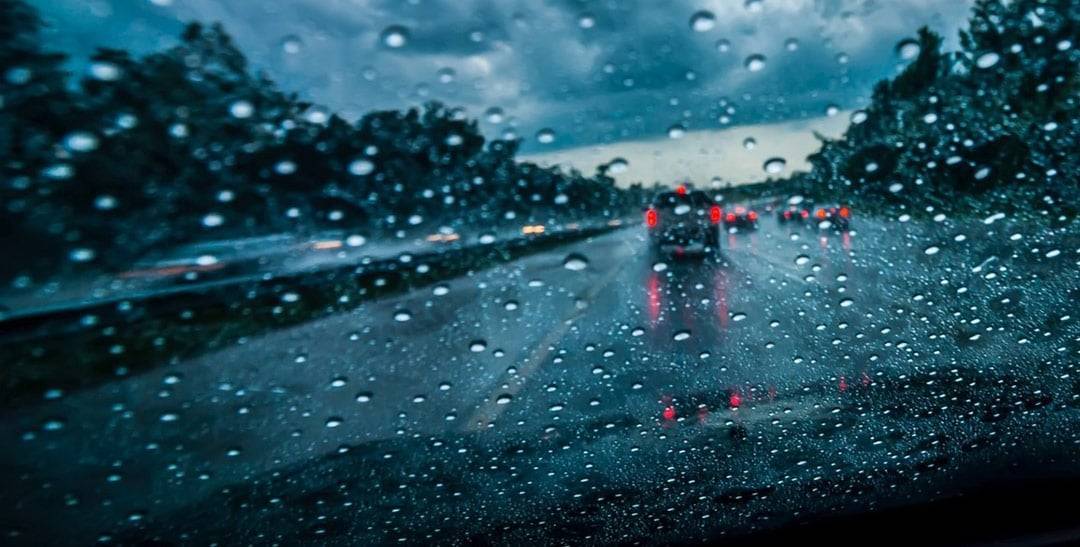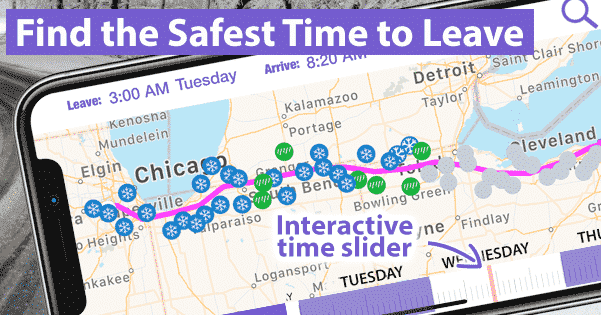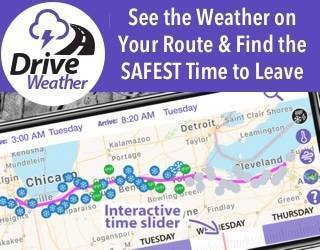RAIN AND ROADS: MORE DANGEROUS THAN YOU THINK

Over the last decade studies have shown that rain causes more vehicle accidents than snow, ice, or any other hazardous weather condition. Poor weather conditions result in approximately 22% of the accidents that occur each year. More specifically, 10% of all accidents are the result of driving in rainy conditions and 16% of accidents are due to wet pavement.
There are many reasons why rain causes more vehicle accidents than any other weather condition, for example:
- Drivers in every state experience some rain but not every state experiences snow or ice.
- People tend to drive less cautiously when driving in the rain compared to driving in the snow or driving on icy roads.
- Most people simply do not understand the safety risks and hazards created by wet roads.
Many people are unaware of how slick wet roads can be, especially during a first rain after a period of dry weather. When driving conditions are good and weather conditions are dry, oil deposits from vehicles build up on a road. When it begins to rain and the pavement gets wet, the oil rises to the surface of the road making it slick. This results in less traction between the tires and the road.
In addition, heavy rain can result in standing water on roadways, which may cause your car to lose contact with the road. This is called hydroplaning and easily cause you to lose control of your car. Combine wet road conditions with reduced visibility and it is clear why accident rates increase during rainy weather.
While most drivers understand that snow and ice can result in poor driving conditions, they do not view driving in the rain with the same cautious understanding. This means people will drive less cautiously in rainy weather than they would in other weather conditions.
However, is there are several ways to increase your safety when driving in the rain. Here are a few simple tips that are easy to follow:
- Make sure that all equipment is working properly, including, your headlights, taillights, windshield wipers and your tire tread.
- Slow down and keep a safe distance between you and other vehicles on the road.
- Watch out for standing water in the road. If you cannot avoid driving through standing water slow down and try to keep at least two wheels on drier pavement, if possible.
- Avoid slamming on the brakes. Heavy braking on wet roads can cause your car to slide.
When making a long trip, knowing whether or not you will be driving through rain can help you to be more prepared for driving on those wet roads. Installing the Drive Weather App on your cell phone will help you stay apprised of the current weather conditions at every point along your driving route. The special slider at the bottom of the Drive Weather App can help determine the best day and time to leave and help avoid the worst of the weather.
To learn more about the new Drive Weather app click here: https://driveweatherapp.com/ and drive more safely, especially on those rainy days.






